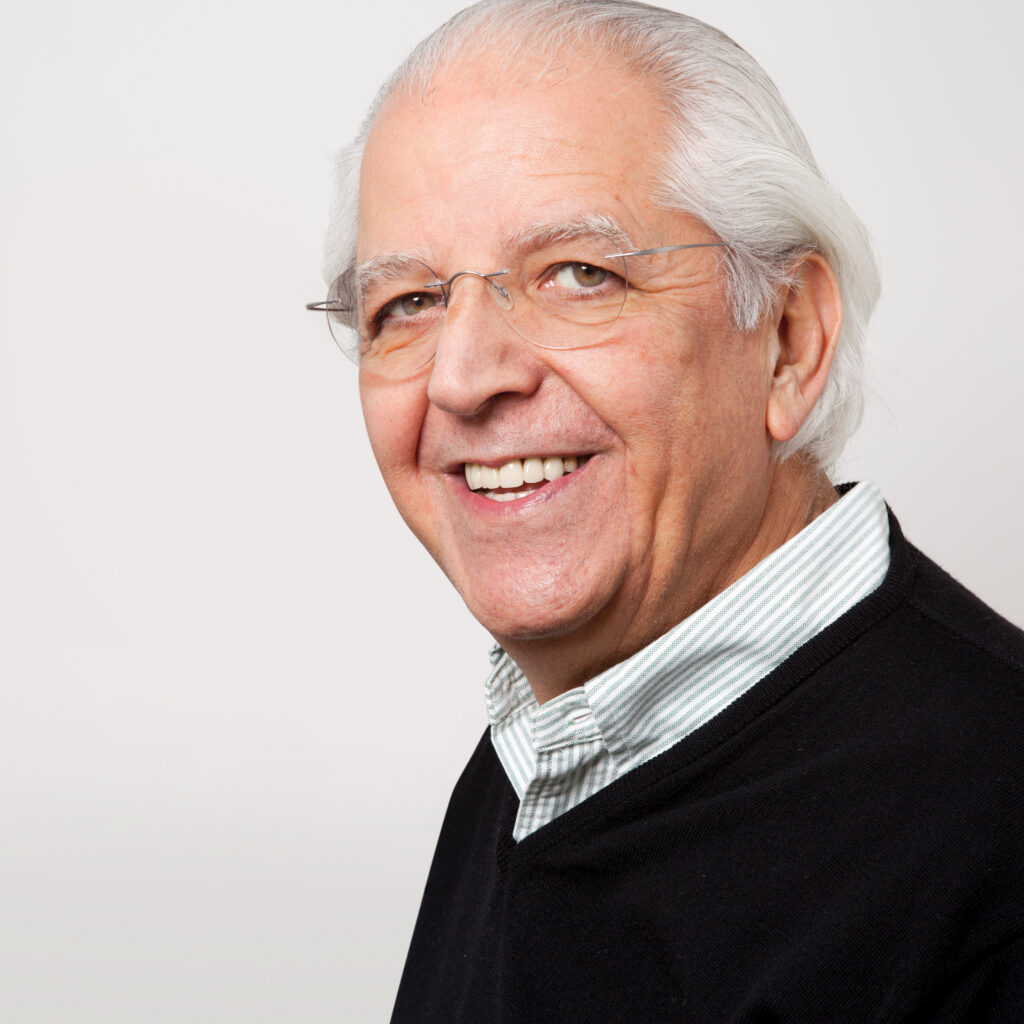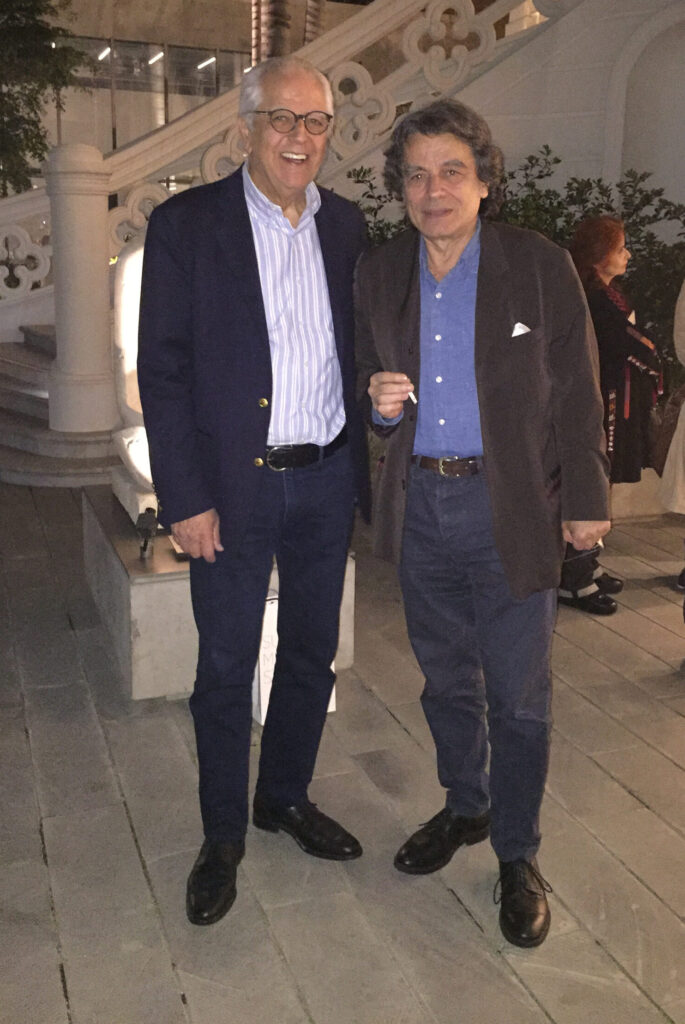Hovig Kurkjian
Art collector and philanthropist Hovig Kurkjian was born in Beirut in 1944 to Armenian refugees. Between the 1970s until his death in 2020, Kurkjian built the HK Art Collection, with a particular focus on artists of Armenian heritage. The remarkable collection comprises more than 200 pieces.
As a philanthropist, Kurkjian lived by the motto, “Anything worth doing is worth overdoing”.
He supported cultural institutions in Armenia and Lebanon, including donating to orphanages and old people’s homes, educational institutions, the Armenian General Benevolent Union, Hamazkayin, and the Jinishian Foundation in Beirut.
Kurkjian helped publish books, sponsored art exhibitions and supported individual artists and stars in the fields of music and theatre.
The Saroyan statue in the heart of Yerevan is a proud reminder of Kurkjian’s generosity, for which he was awarded the Gold Medal of the Armenian Ministry of Culture.
Kurkjian also influenced many others, including family members, his closest circle of friends, and colleagues from Saudi Arabia, where he spent 35 years of his professional life at SAS Systems Engineering, a company he built and led as its General Manager. As a business manager, his work ethic was defined by a willingness to go above and beyond the call of duty, with a can-do spirit centred on the utmost courtesy, loyalty and respect. These were the core qualities that fuelled Kurkjian’s relentless passion for excellence. He was a man of vision and a higher spirit in life.


Hovig Kurkjian with Assadour at the Beirut Sursock Museum, Retrospektive Assadour in 2016
HK-Art Collection
The Armenian Genocide during the First World War forced thousands of Armenians to flee the country and seek refuge in other parts of the world. As a result, more than two-thirds of the world’s ethnic Armenian population now lives outside their homeland. This development is reflected in the HK-Art Collection: works created in the Armenian diaspora reveal a journey marked by cultural isolation and social integration; works produced in Armenia illustrate the transition from the ideological and state-sanctioned art of the former Armenian Soviet Socialist Republic, which gained independence from the USSR in 1991, to the art of a younger generation in the present day.
